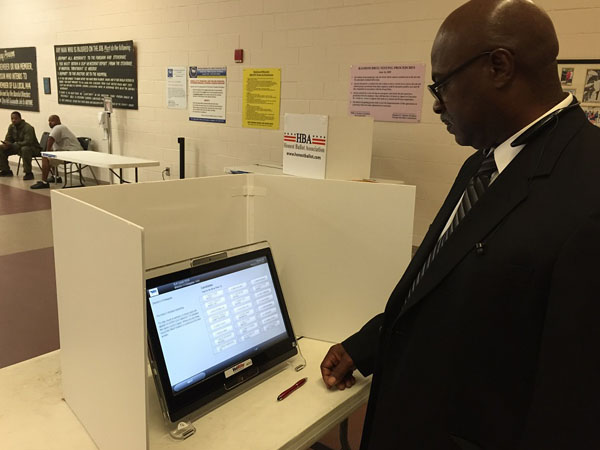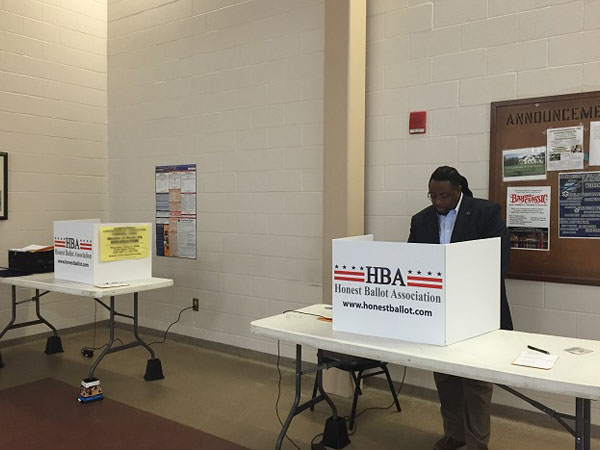
Every decade, the political landscape of the United States undergoes a quiet, yet powerful transformation – redistricting. It’s a process that can greatly influence the political representation of communities across the country and can significantly impact voting outcomes. But what exactly is redistricting, and how does it affect voter representation?

Understanding Redistricting
Redistricting is the process of redrawing the boundaries of electoral districts, typically following the release of data from the U.S. Census Bureau. The goal is to ensure that districts are as equal as possible in terms of population, ensuring the principle of “one person, one vote”.
However, the process is often far from straightforward.
Redistricting and Voter Representation
Unfortunately, redistricting can sometimes be used to manipulate voting outcomes, a practice known as gerrymandering. Here’s how it can impact voter representation:
- Diluting Minority Voting Power: By dispersing minority communities across multiple districts (a process called “cracking”), their collective voting power may be significantly weakened, reducing their potential impact on election outcomes.
- Packing Voters: Conversely, concentrating like-minded voters into a single district (known as “packing”) may limit their influence to that one district, while reducing their impact in neighboring districts.
- Manipulating Election Outcomes: Some politicians may use redistricting as a tool to secure their position or influence election outcomes in favor of their party.
The Path Forward
Given these issues, there is a clear need for fair and transparent redistricting processes. This includes:
- Independent Redistricting Commissions: These are bodies separate from the legislative process that are tasked with redrawing district lines, reducing potential conflicts of interest.
- Public Input and Transparency: Providing opportunities for public input and ensuring transparency in the process can help to prevent the misuse of redistricting.
- Judicial Oversight: The courts can play a role in checking instances of extreme gerrymandering.
Navigating the intricacies of redistricting can be challenging, but it’s crucial for ensuring fair representation. Stay informed, participate actively in your local community discussions, and don’t forget – every vote counts!
Are you looking to hold an election with an electronic voting system? Then don’t hesitate to reach out to us at Honest Ballot at 1-800-541-1851.







